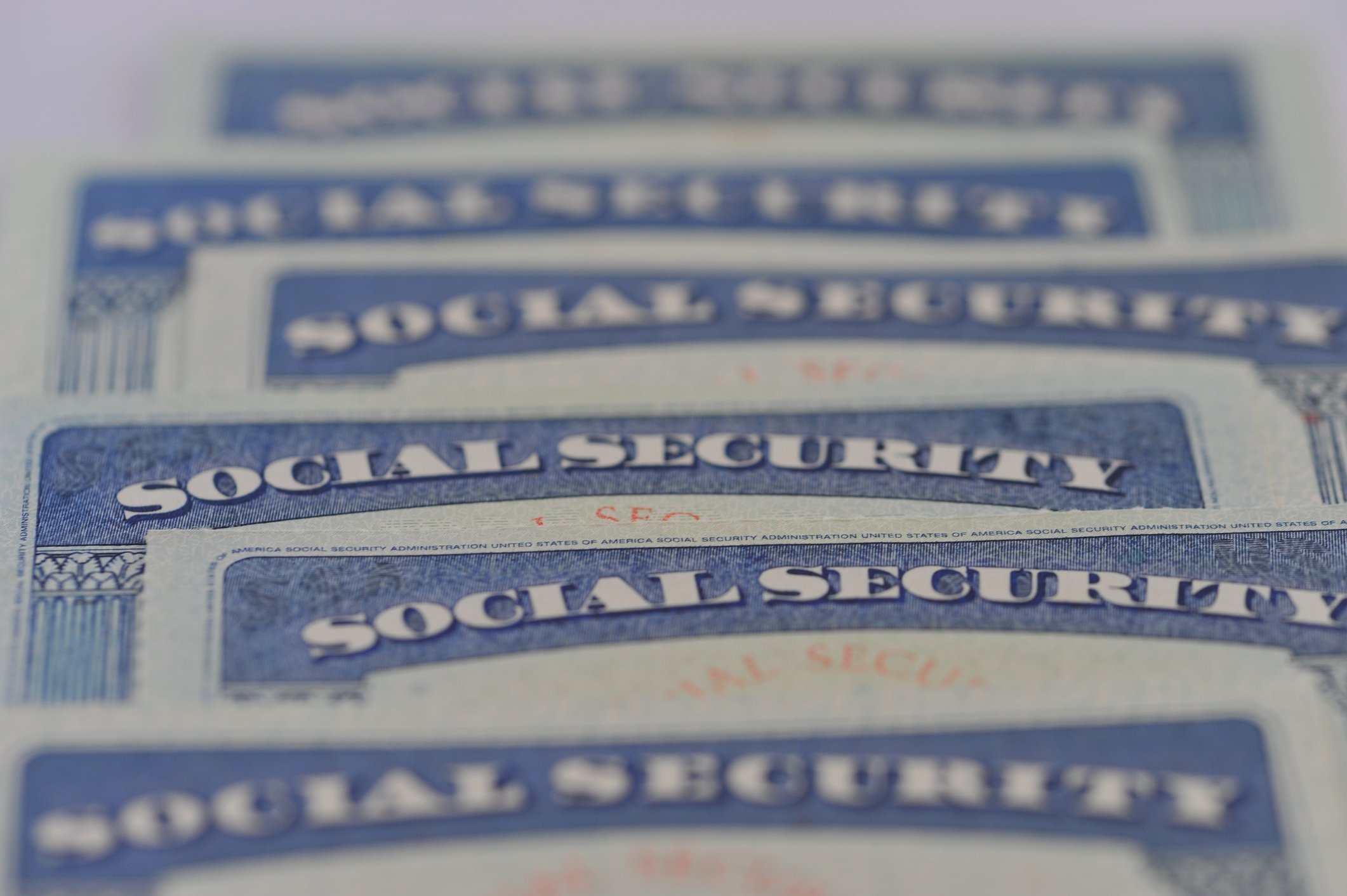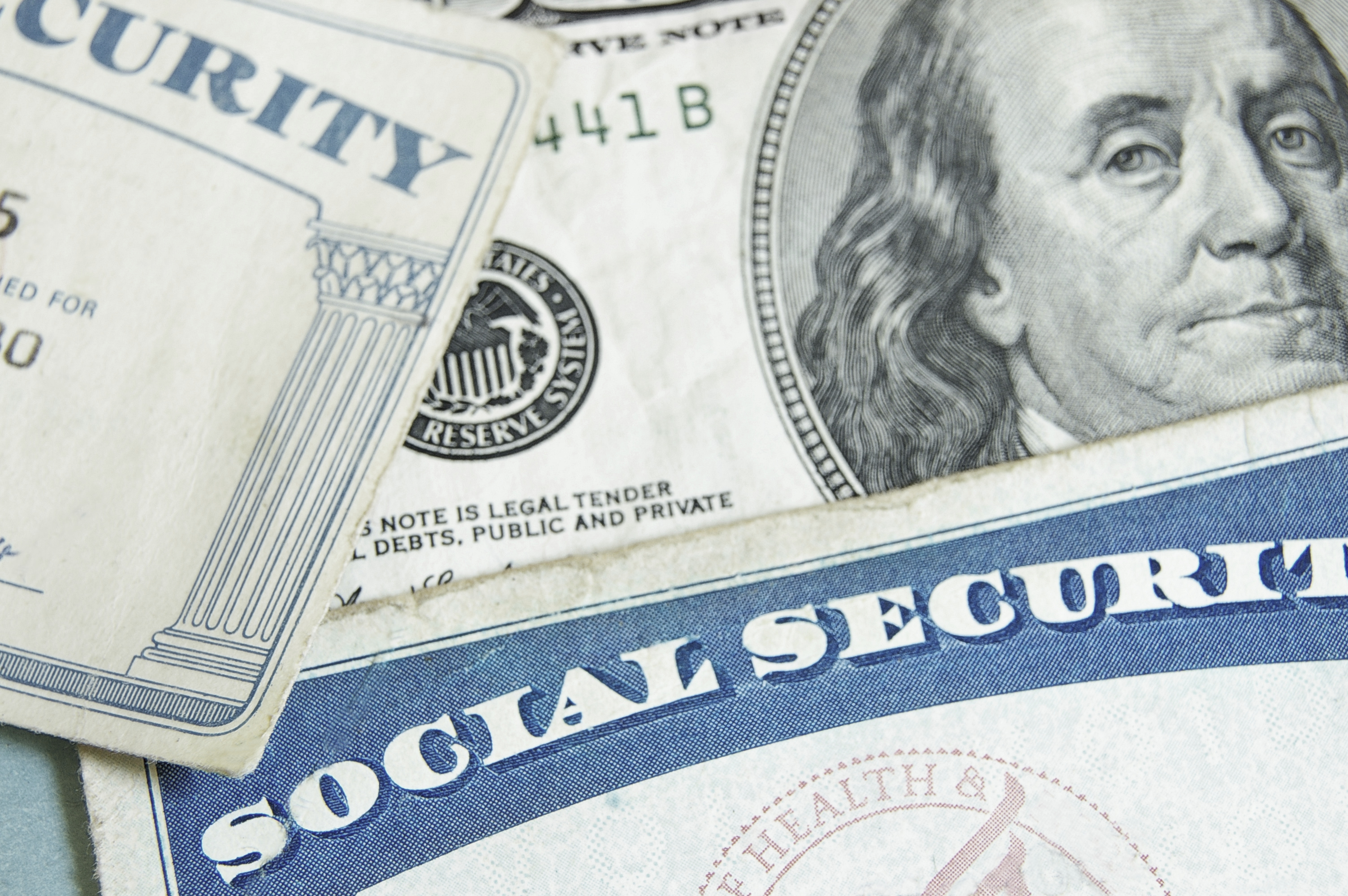
Image source: Getty Images.
Happy New Year everyone! For those of you who stuck to your long-term game plan in 2016, you were handsomely rewarded. All three major U.S. stock indexes pushed to new all-time highs during the course of 2016, and the unemployment rate hit a more than nine-year low.
But there's always work left to be done and ways you can improve your financial situation, whether it be through investing or improved financial practices. With the spirit of New Year's resolutions still fresh in everyone's minds, let's take a look at 17 financial resolutions you can consider implementing in 2017 -- or as I like to call it, 17 for '17. If you pick and stick to even a handful of these financial resolutions, I'd be willing to bet that your financial situation will improve.
1. Formulate and stick to a budget
According to a 2013 Gallup poll, just a third of all Americans keep a detailed monthly budget. The problem with not keeping a budget is that you'll have a poor understanding of your cash flow, which makes it veritably impossible to adjust your spending habits and optimize your ability to save. The good news is you can find budgeting software online these days, and most of it is free. The hardest thing to do is stay committed and accountable to your budget. That's where being SMART comes in handy -- by forming specific, measurable, achievable, realistic, and time-based goals, you'll have a way to hold yourself accountable to your budget, and you'll also be able to measure your progress.
2. Check your portfolio only after the market has closed for the day
Tired of your emotions getting the better of you? Make a resolution in 2017 not to check how your investment portfolio fared for the day until after the closing bell. Waiting to check how you did until after the market closes will allow you to really process whether any press releases or news has a meaningful effect on your investment thesis or not, and it'll keep you from making rash buy or sell decisions based on the movements of a stock, or a news release, during the day. You'll probably sleep better at night, too.

Image source: Getty Images.
3. Contribute to a Roth/Traditional IRA
We're big believers at The Motley Fool in investing for your future, and one of the better ways to accomplish this is by opening up either a Traditional IRA or Roth IRA, both of which have $5,500 contribution limits in 2017 for those aged 49 and under, and $6,500 for persons aged 50 and up. A Traditional IRA is a tax-deferred account, meaning you'll owe federal tax once you begin making withdrawals during retirement, but contributions can also lower your current-year tax liability. Conversely, gains in a Roth IRA are completely free of taxation when taking withdrawals during retirement, but there's no upfront tax deduction as with a Traditional IRA. Choose the one that suits you best in 2017 and start/continue building that nest egg.
4. Maximize your 401(k) contribution
If you're offered an employer-sponsored 401(k), perhaps 2017 is the time to fully maximize it. This year, as with 2016, contribution limits are $18,000 for employees under the age of 50 and $24,000 for those aged 50 and up. Since 401(k)s have beefier annual contribution limits compared to IRAs, and a growing number of employers are offering to match a percentage of their employees' annual wages (3% is fairly common), maximizing your 401(k) could be the perfect way to get your retirement nest egg back on track.
5. Check your credit report
According to Consumer Financial Protection Bureau data from 2010-2011, the last year the data was made available, just 8% of all U.S. adults with credit files accessed their annual free credit report. That means 92% of Americans have no clue what could be lurking on their credit report. It's not uncommon to find errors from one or more of the three credit reporting agencies, meaning if you're not looking, an error could be torpedoing your credit score. Did I mention that checking your credit report is free once a year, and it'll absolutely, 100% not hurt your credit score? Go to AnnualCreditReport.com to get your free annual credit report from all three reporting bureaus (Experian, Equifax, and TransUnion).

Image source: Getty Images.
6. Set up a DRIP for at least one of your stock holdings
Do you have a stock in your portfolio that pays a dividend? If so, chances are very good that you can set up a Dividend Reinvestment Plan, or DRIP, with your broker. Instead of pocketing your dividend, your broker will purchase more shares of the dividend-paying stock in question with the payout. By doing so, you'll own more shares of dividend-paying stock and receive an even bigger dividend payment, assuming the payment stays the same or grows, the next time your dividend stock makes a payout. DRIPs are a common strategy used by the most successful money managers to compound their wealth, and setting up one can literally be as easy as a few clicks on a computer.
7. Opt out of overdraft protection for your checking account
Are you one of the tens of millions of Americans who has a checking account with overdraft protection? If so, your bank may have been harvesting money from you in 2016. A new analysis by U.S. PIRG Education Fund found that big banks made $8.4 billion in overdraft fee income during the first nine months of 2016, up 4% year-over-year. The solution to avoid paying overdraft fees is simple: tell your bank you want to opt out. Though your debit card will decline a transaction if you don't have sufficient funds, you'll also keep from racking up monstrous overdraft fees and pushing your checking account into the red.
8. Beef up your emergency savings
According to a recently released report from GoBankingRates, 69% of Americans have less than $1,000 in savings, including 34% with $0. On the flipside, a mere 15% of those surveyed had $10,000 or more saved for possible emergencies. In 2017, you should make it a point to bolster your savings account if you don't have enough cash to cover at least six months of expenses should an emergency, like losing a job, arise.

Image source: Getty Images.
9. Ask your lenders to lower your interest rate
Did you know that lender interest rates aren't necessarily set in stone? If you're shopping for a mortgage, for example, and you have excellent credit, such as a FICO score in excess of 780, you may be able to net a lower interest rate by simply asking a prospective lender to lower it, or by pitting multiple lenders against one another for your business. Similarly, if you have a credit account with a variable interest rate, and your credit score has dramatically improved in recent months/years, consider calling your lender and asking them to lower your interest rate. The worst thing you'll be told is "No," which really isn't that bad.
10. Adjust your tax withholding status
Though you might enjoy receiving a fat refund check from Uncle Sam every April, receiving a tax refund signifies that you overpaid the federal government during the course of the previous year. Worse yet, you allowed Uncle Sam to hang onto your money without paying you a dime in interest. In 2017, make the effort to adjust your federal tax withholding rate to get to as close to $0 owed/refund as possible. Doing so could put more money in your pocket with each paycheck, which means more capital you can use to build your emergency savings, pay off debt, or kick-start a retirement account.
11. Open and contribute to a Health Savings Account
Do you have health coverage through your employer? If so, there's a good chance you qualify to open a Health Savings Account (HSA). HSAs are open to more than 80% of working Americans. You simply need to be enrolled in a high-deductible health plan, not be enrolled in Medicare, and not be claimed on someone else's tax return as a dependent to qualify. Money within an HSA account can be used by the accountholder, regardless of their age, to pay for qualified medical expenses. Best of all, the money pulled out is penalty-free and tax-free. Opening and contributing to an HSA could be a perfect way to combat rising premiums and deductibles. The contribution limits in 2017 are $3,400 for an individual and $6,750 for a family.

Image source: Getty Images.
12. Set up an automatic savings plan
One of the easier ways to derail your retirement, as well as your financial resolution to save and invest more, is simply "forgetting" to do so. If you have to remember to transfer funds from a checking account to a brokerage account every week, you're liable to forget. However, you could just as easily set up an automatic savings plan (ASP) with a broker or your bank that would automatically withdraw a set dollar amount each week, two weeks, month, or quarter from your checking or savings account. An ASP is the perfect excuse-killer for those of you who struggle to save and invest.
13. Turn a hobby into cash
Do you have hobbies that you enjoy outside of your normal job? Consider turning those hobbies into a second income stream. Writing and blogging, for instance, could net you extra cash (I can speak to this firsthand). Meanwhile, online sales channels like Amazon, eBay, and Etsy provide a platform for individuals and small businesses to reach a larger audience with their crafted products. If you've got a fun hobby, make 2017 the year you monetize it.
14. Give to charity
Want a unique financial resolution in 2017? Commit to giving at least some of what you earn to your favorite charity or group of charities. Giving has a doubly positive effect. Not only do you get to support causes that you strongly believe in, but your donation acts as a tax deduction that can lower your tax bill or boost your refund. Your deduction corresponds with your highest marginal tax bracket. In other words, if your last dollar earned corresponds to the 25% ordinary income tax bracket, you can receive a $0.25 deduction for every $1 you donate.

Image source: Getty Images.
15. Get a health checkup
Sometimes spending money saves you money. In this instance, heading to your primary care physician (PCP) for an annual checkup could save you a headache and a lot of money. An annual checkup helps your PCP diagnose potentially chronic diseases early, and the earlier you diagnose a problem, the better your chances to fix it. Furthermore, catching a chronic disease diagnosis early can also mean lower treatment expenses and less chance of costly complications.
16. Get your car a checkup, too
While we're on the subject of checkups, don't forget about your automobile. Though it might seem tedious to drop $40 on an oil and $100 on a transmission fluid change from time to time, keeping up with the regular maintenance of your vehicle is a lot cheaper than spending $4,000 on a new engine or $3,500 on a new transmission.
17. Take a vacation
Lastly -- and why do I feel like this will be at the top of everyone's list -- make sure you take time for you! Taking a vacation often leads to greater productivity at work and has significant health benefits. Plus, as investors we all need to unplug on occasion and enjoy time with our friends and family.





